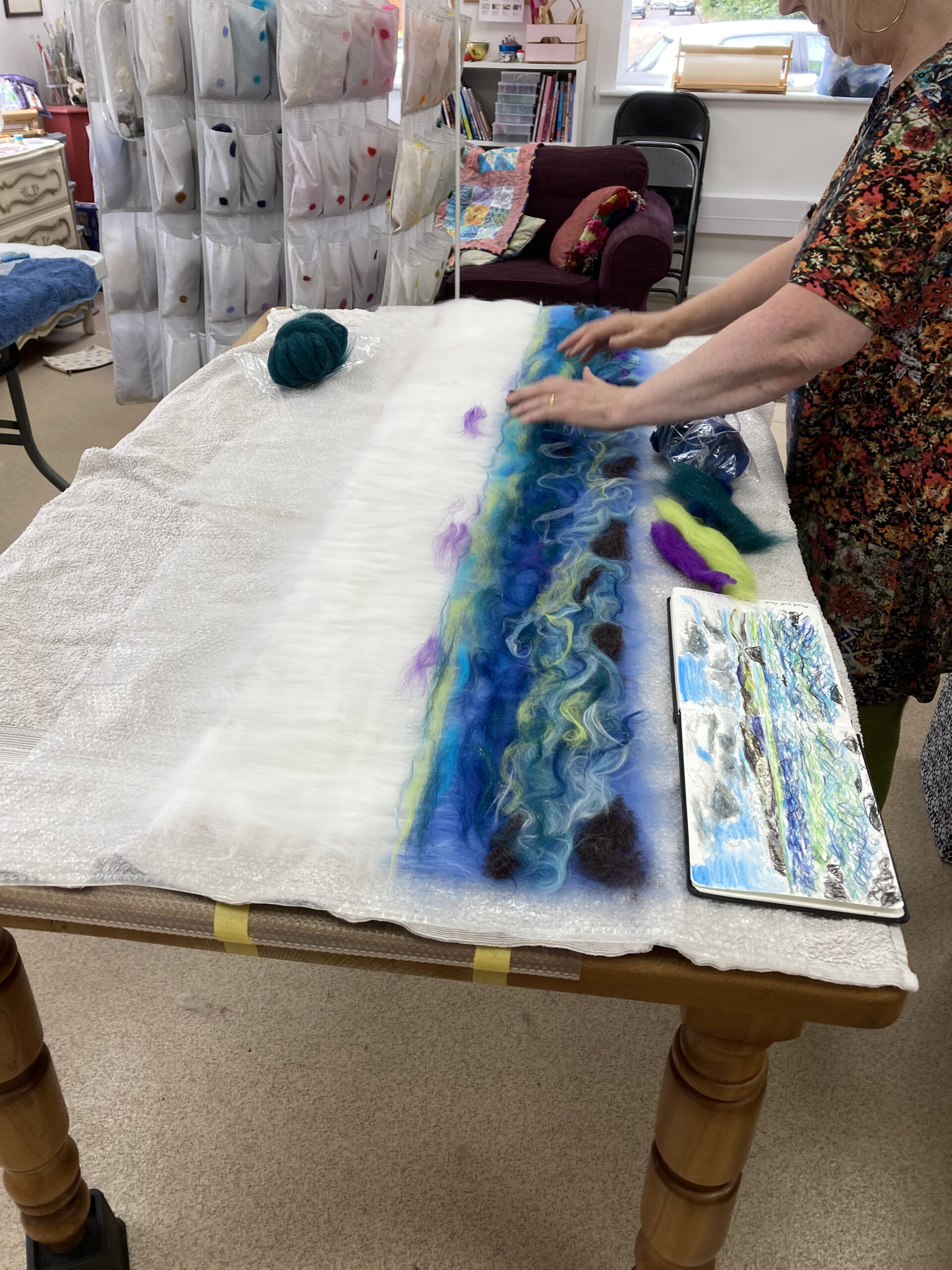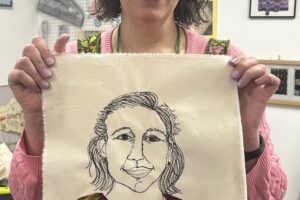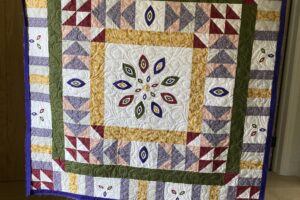Wet-Felting; A Brief History Of An Ancient Art-form
Wet-felting is a textile technique and has been practiced for thousands of years. There’s evidence of it across some of the earliest human civilisations. And it makes sense, it’s an accessible art from, allowing us to transform raw wool into something durable, practical and extremely beautiful.
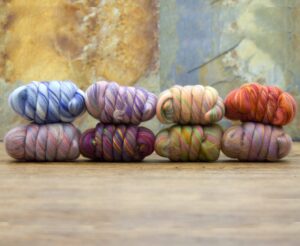
From Rough Beginnings
Some of the earliest evidence of wet felting can be found in Asia. In Mongolia and Tibet nomadic herders discovered the insulating properties of felted wool for their clothing and tents. The technique’s resilience and waterproof qualities made it invaluable for surviving harsh climates. If wet-felting fabrics can deal with a Tibetan winter, you can rest assured your wet-felted slippers will keep you cosy in Oxfordshire!
Egyptian and Sumerian Felting
In ancient Egypt, wet felting was employed in the creation of clothing and furnishings. The famous “Fayum mummy portraits” dating back to the Roman period often feature people wearing felted wool. Similarly, the Sumerians, who inhabited southern Mesopotamia around 4500 BC, are believed to have been skilled felt-makers, and used the fabric for a variety of applications.
Wet-Felting in Europe
Wet felting made its way to Europe, where a combination of ready access to wool and something of a drizzly climate made it an essential part of various cultures. The Celts, for instance, are known to have crafted clothing and accessories using wet felting techniques. Over time, European artisans perfected their methods and created exquisite pieces, often richly coloured as the art of dying came into prevalence.
Medieval and Renaissance Craftsmanship
During the Middle Ages and the Renaissance, wet felting reached new heights of creativity and craftsmanship. Wool was the booming industry of the time, and felted garments became something of a status symbol, with intricate patterns, dyes, and embellishments. Hats, capes, and boots made from felted wool were extremely popular in this period.
Wet-Felting in Contemporary Times
The Industrial Revolution and the introduction of mechanised textiles led to a decline in handcrafted felting. Despite this, wet felting never disappeared entirely. The 19th Century bought with it the Arts and Crafts movement, with it’s appreciation for all things artisan. A sentiment we very much hold at Stitching Kitchen. Today, you’re more likely to encounter wet-felting for its artistic and creative merits rather than it’s practical ones.
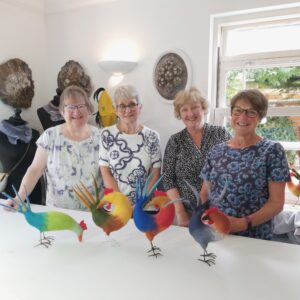
We’re really loving the wet-felting renaissance we’ve noticed in recent years. Modern artisans and textile enthusiasts are embracing this ancient technique, combining traditional methods with contemporary design. There’s been a bit of a shift away from producing practical or wearable items. In-fact, our upcoming workshop will focus on creating a fantastically decadent and entirely ornamental wet-felt bird.
From its humble beginnings as a survival tool in harsh climates to its use in luxurious garments and modern artistic expression, wet felting has been a testament to the creativity and ingenuity of humanity throughout the ages. We’d love to introduce you to this timeless craft. Head here for details of our upcoming workshops, have a look at some online resources here, and get yourself set up with all the tools you need to get started here.

